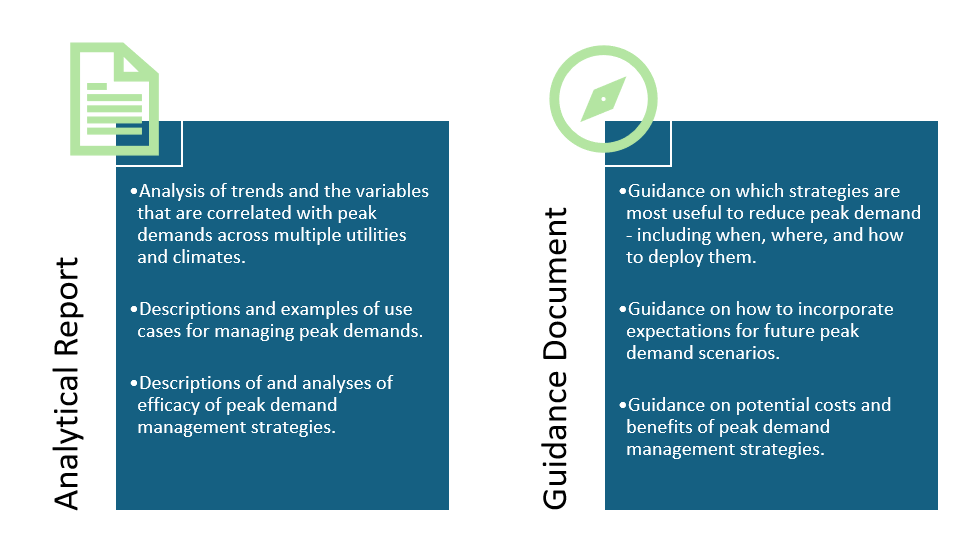Research Launch: Evaluating Peak Demand Strategies for a Changing Climate
Published: February 26, 2024
Submitted by Amanda Christophe, Project Coordinator
Last week, AWE kicked off our latest research study, “Evaluating Changes in Peak Demand and How That May Affect the Choice, Design, Management, and Evaluation of Demand Management Strategies,” in partnership with the Water Research Foundation and six participating utilities. The utilities include San Antonio Water System; New Jersey American Water; Metropolitan North Georgia Water Planning District; Region of Peel Public Works, Ontario, Canada; California Water Service; and the City of Westminster, CO.
What will we learn?
This project will evaluate peak demand management strategies from the six participants to understand their costs and benefits, as well as which water efficiency and conservation strategies are most useful to reduce peak demands – including when, where, and how to deploy them. Our goal through this research is to help water utilities across North America:

What is peak demand?
We are all creatures of habit and routine. Whether it is a morning shower for a fresh start to the day, watering your lawn on a sunny afternoon, or washing the dishes after dinner, we all tend to use water at similar times on an hourly, daily, and yearly basis. Peak demands refer to these patterns of increased water use and account for the highest water demand in a community or water system. In this way, peak demands are a lot like rush hour.
However, no one likes to get stuck in rush-hour traffic or waste gas idling. Meeting the peak often requires using more electricity for water pumping and treatment (at times when electricity demands and costs are highest) and can cause damage to infrastructure. Water utilities must, therefore, ensure that there is enough water supply and infrastructure capacity to accommodate large demands of water during peak usage times, even if average water demands are significantly lower.
Given these challenges, water utilities have a strong incentive to manage and reduce peak demands so that they can build a resilient water supply without having to expand existing infrastructure or face significant costs. This is done through a variety of programmatic, policy, and regulatory strategies, such as:
- Time-of-use restrictions and watering schedules
- Smart metering and irrigation systems
- Timed conservation education programs
- Water rates and pricing
- Water supply augmentation
A Changing Climate Demands our Attention
As temperature and weather patterns change, the way we use and manage our water resources is changing, too. Climate change impacts - such as extreme heat, precipitation, and drought - along with population growth are altering water use behavior patterns. This creates additional challenges for water utilities to forecast water demands accurately, plan capital improvement projects, and respond to extreme weather events. For this reason, it is more important than ever for water utilities to consider more deeply the trends in their peak demands, possible management strategies, and how this affects their daily operations and long-term planning.
Does this topic peak your interest? Stay tuned!
Upon project completion in 2025, you can expect the following resources:

Acknowledgments
This research effort was identified as a priority for the Alliance for Water Efficiency’s Water Efficiency Research Committee (WERC). Thank you to WERC committee members, the Water Research Foundation, and our participating utilities for supporting AWE’s research!

